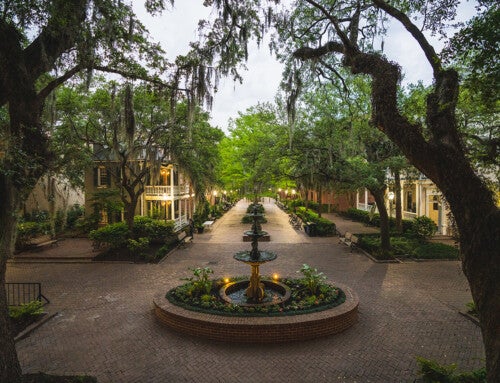College of Charleston superstar professor Joe Carson is making one groundbreaking discovery after another. On November 8, 2011, the History Channel’s Universe series featured his team’s discovery images of a circumstellar disk around the young star LkCa 15. Just days earlier, he and his colleagues presented a new view of the star SAO 206462 at NASA’s Signposts of Planets Conference. Don’t forget, he was part of the team named one of Time Magazine’s top 10 scientific discoveries of 2009 for discovering a new exoplanet.
Carson and his colleagues observed spiral arms around the SAO 206462 star, the most clarity scientists have ever seen of such a star. The central star is SAO 206462, a 9th-magnitude solar-type star that’s some 450 light-years away in the constellation Lupus. It’s surrounded by a substantial dust-rich disk about 1 arcsecond across; at the star’s distance, that’s about 14 billion miles (22 billion km), roughly twice the size of Pluto’s orbit. Astronomers have been paying close attention to this star for a couple of decades, ever since they detected more far-infrared energy coming from it than could be explained by a star.
“Stars and planets are a product of the environment out of which they form,” Joe Carson says. “In the case of planets, they form from a disk of gas and dust surrounding a young star. As the disk shapes the planet, the infant planet responds in turn to shape the disk. In this image, we may be seeing this balance play out, as the disk’s spectacular spiral arms reveal the important interplay between a dynamic disk and a system of forming planets.”
Such extensions have been seen around individual stars before, but never with such clarity. It’s a credit to Subaru’s 8.2-m aperture, its adaptive-optics imager (called HiCIAO), and the stable, rarefied air atop Mauna Kea, Hawaii.
Watch a video about the discovery by Science@NASA.
Read the article in College of Charleston Magazine about Joe Carson.



